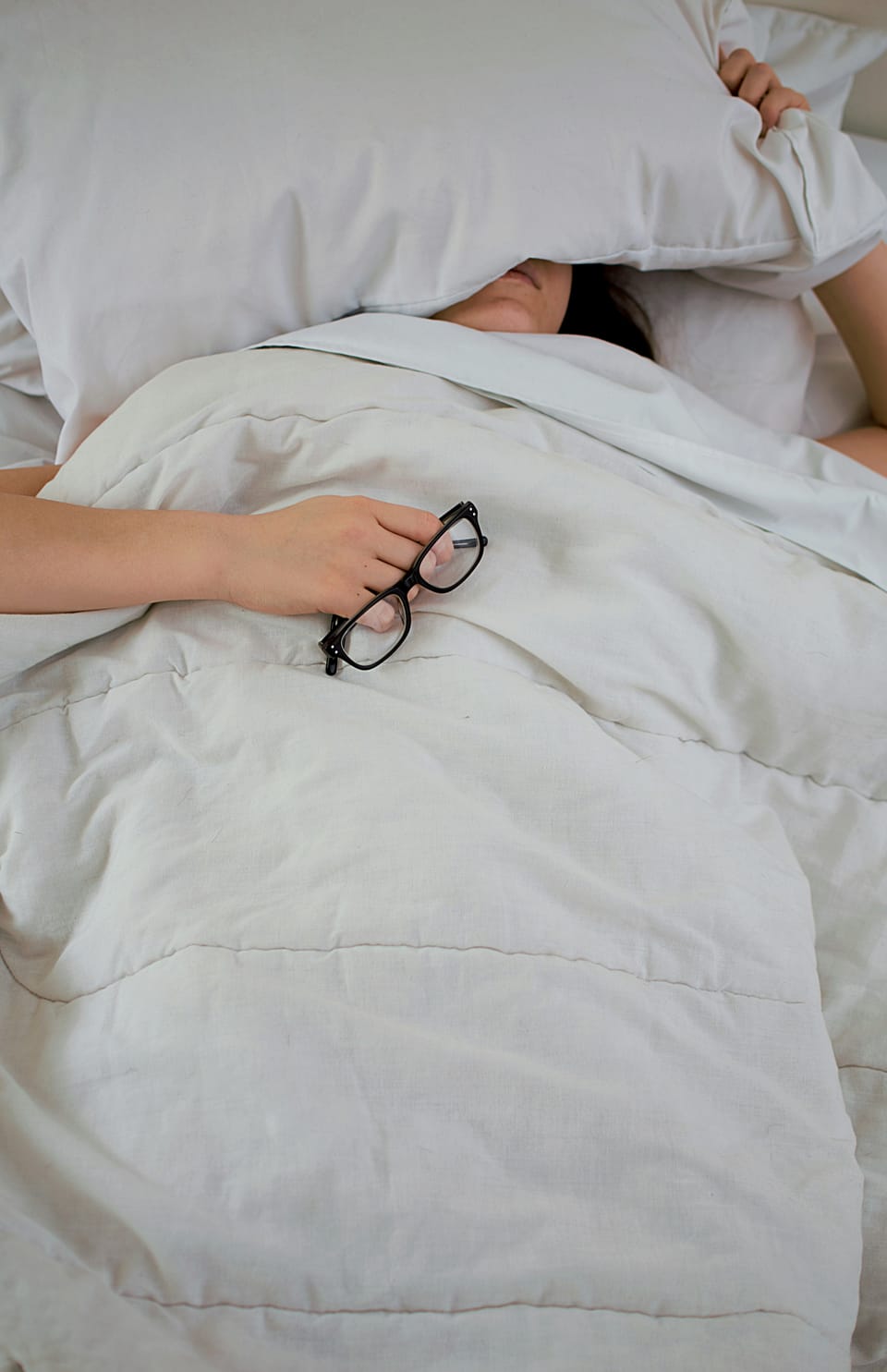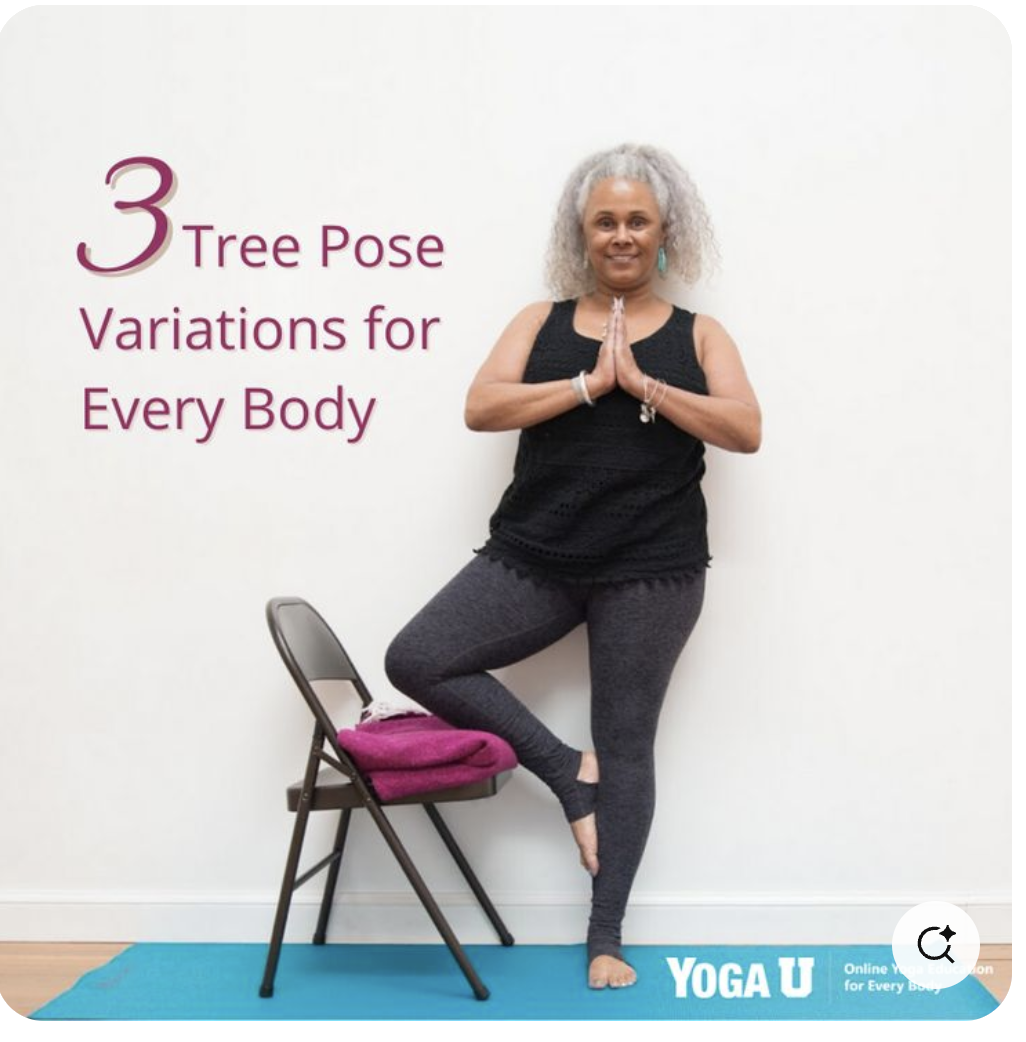Why Exercise?

Note: I am dividing the blog posts on exercise into three different posts. There is a lot of information, and I want to present it in manageable pieces. I will post all three in the same week so that you can read them closely together if you want. This first post will be short and sweet.
Why Exercise?
(When I am feeling so heavy, exhausted, weak, overwhelmed, angry, sad, and hot.)
Most of us who exercise on a regular basis have reasons why we exercise, and most of us who don’t exercise regularly can think of reasons for why we maybe “should” move around more. For some of us the focus is on how we look in our clothes and for others we are dialed in on the next marathon. For a wider range of people reasons for engaging fitness routines typically include mood elevation, better sleep, weight control, increased strength, keeping our hearts healthy and our joints moving.
All of these reasons and more apply to exercise in menopause, times ten.
Exercise routines that are geared toward people transitioning through menopause should offer us the following benefits:
· Reductions in stress & tension levels
· Increased cardiovascular health
· Mood stability and elevation
· Better sleep
· Development of lean muscle mass and greater strength
· Cultivation of flexibility and mobility to keep joints safe and reduce risk of injury
· Increase bone density and strength
· Improve core strength and balance to prevent the risk of falls
· Promote brain health and reduce risk of dementia
· Allow us to drop more readily into the parasympathetic nervous system response (rest and digest) and out of the sympathetic nervous system (stress) response
Exercise typically does all these things for any person already.
However, because the menopause transition initiates such a rapid aging process for women, the right kinds of exercise and fitness is critical at this stage of life:
· to slow the deterioration that can be brought on by aging
· reduce the risks of debilitating illnesses and slow-healing injuries
· increase quality and longevity of life
The hormonal fluctuations and ensuing physical, physiological, and psycho-spiritual challenges of menopause play havoc with our moods and sleep, trigger losses in lean muscle mass and bone density, increase weight gain and the risk of metabolic disorders, make us achy and prone to injury, and escalate general inflammation throughout the body putting our hearts, brains, and all our systems at risk of deterioration.
Exercise, i.e., strength training, high intensity interval training (HIIT), sprint interval training (SIT), and balance promoting exercises, offers a way to reverse these trends, slow the aging process, and foster well-being and excellent health into our elder years.
Unfortunately, women in mid-life tend to be the least physically active demographic (in terms of explicit exercise). This is understandable since—I would wager—we are about the most active demographic in all other ways, taking care of more people, tasks, and full-blown projects than any other group. How many priorities can we have? All too often self-care relentlessly drops off the bottom of the to-do list.
According to the CDC, “less than 40 percent of adults [in the U.S.] engage in even two and a half hours of physical activity per week” and for women over forty this statistic drops (Mosconi, The Menopause Brain, p.170). The Study of Women’s Health Across the Nation (SWAN), a longitudinal study investigating the health of American women in mid-life and older, found that “over a ten-year period, only 7 percent [of women] met the minimum requirements for physical activity,” which are 150 minutes of moderate or 75 minutes of vigorous activity a week (Gunter, The Menopause Manifesto, p.74). This is a low bar and one which, as we will discuss, scarcely begins to meet the demands of a person’s changing body in menopause.
I recognize that all of us have different stories about and experiences with exercise that are likely to make discussions, descriptions, and statistics about fitness, health, aging, weight, food, and working out hot button issues. I want to be sensitive about this at the same time that I say,
the science is showing us, and has shown us consistently, that exercise is one of the safest, most effective health interventions we can utilize.
The menopause transition seems to be a particularly critical inflection point with regard to exercise and fitness, not primarily because of the much derided mid-life weight gain as popular conversation would have us believe, but because of the extraordinarily protective benefits of exercise for our hearts, brains, bones, and nervous systems. Not only the length of our lives, but the probability of living our elder years with energy and power and without frailty, dementia, and chronic illness, is enhanced by committing to specific forms of physical fitness now.
The next couple of posts will go into more detail about recommendations for how to exercise in menopause as well as information about injury risk and the importance of eating before working out.
